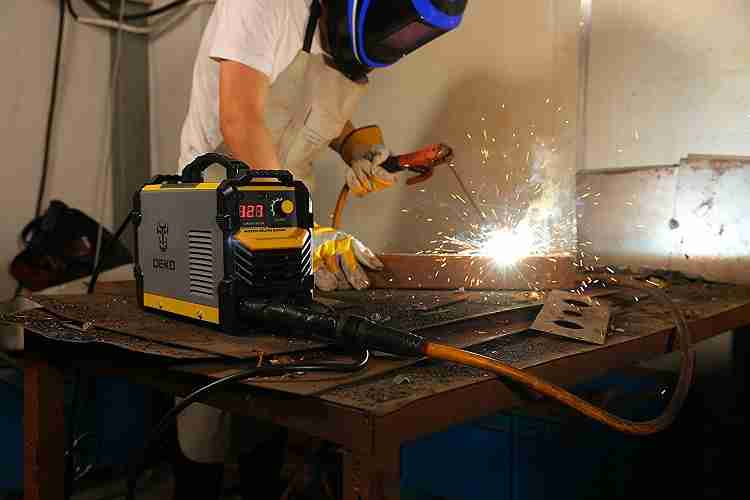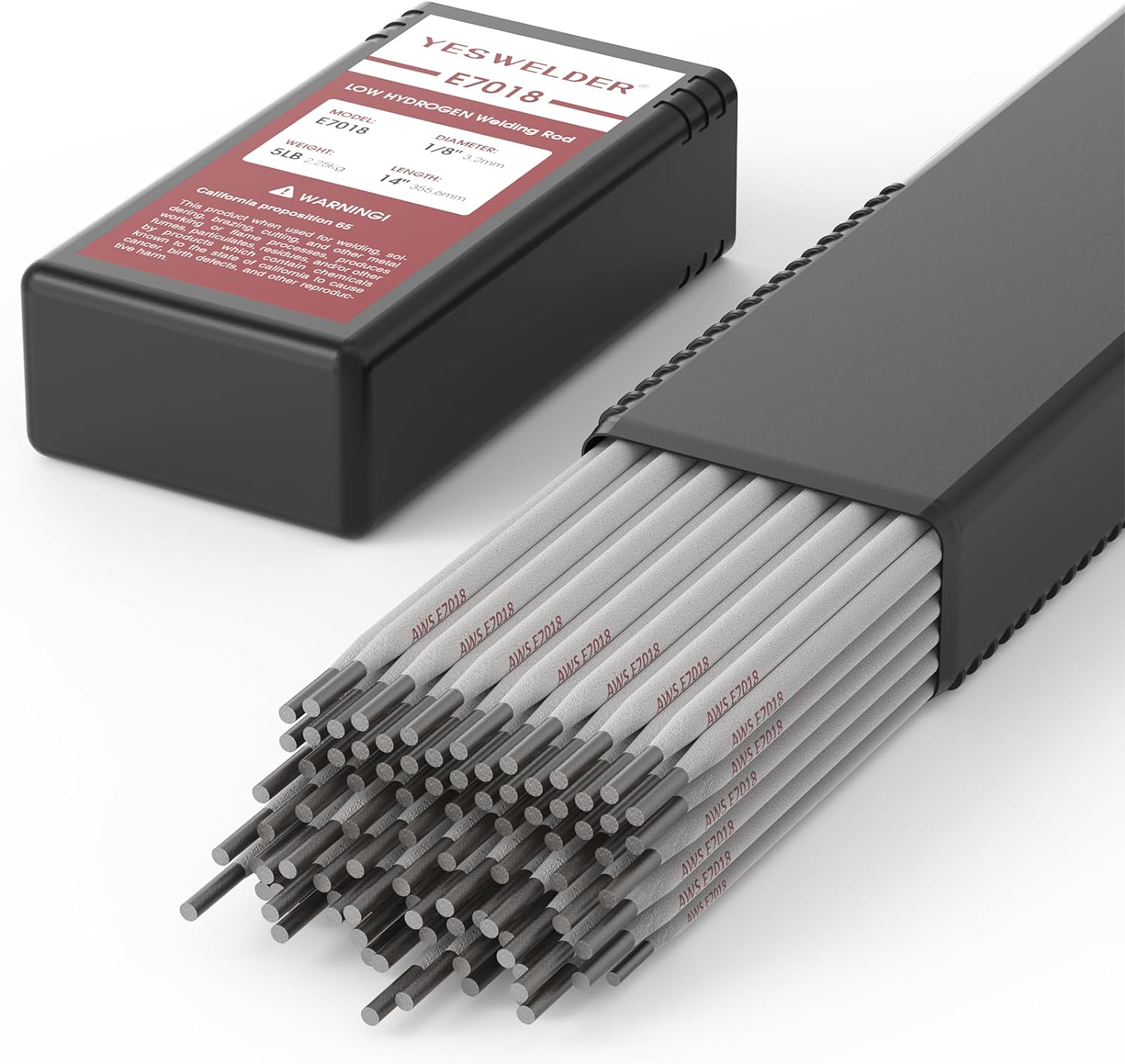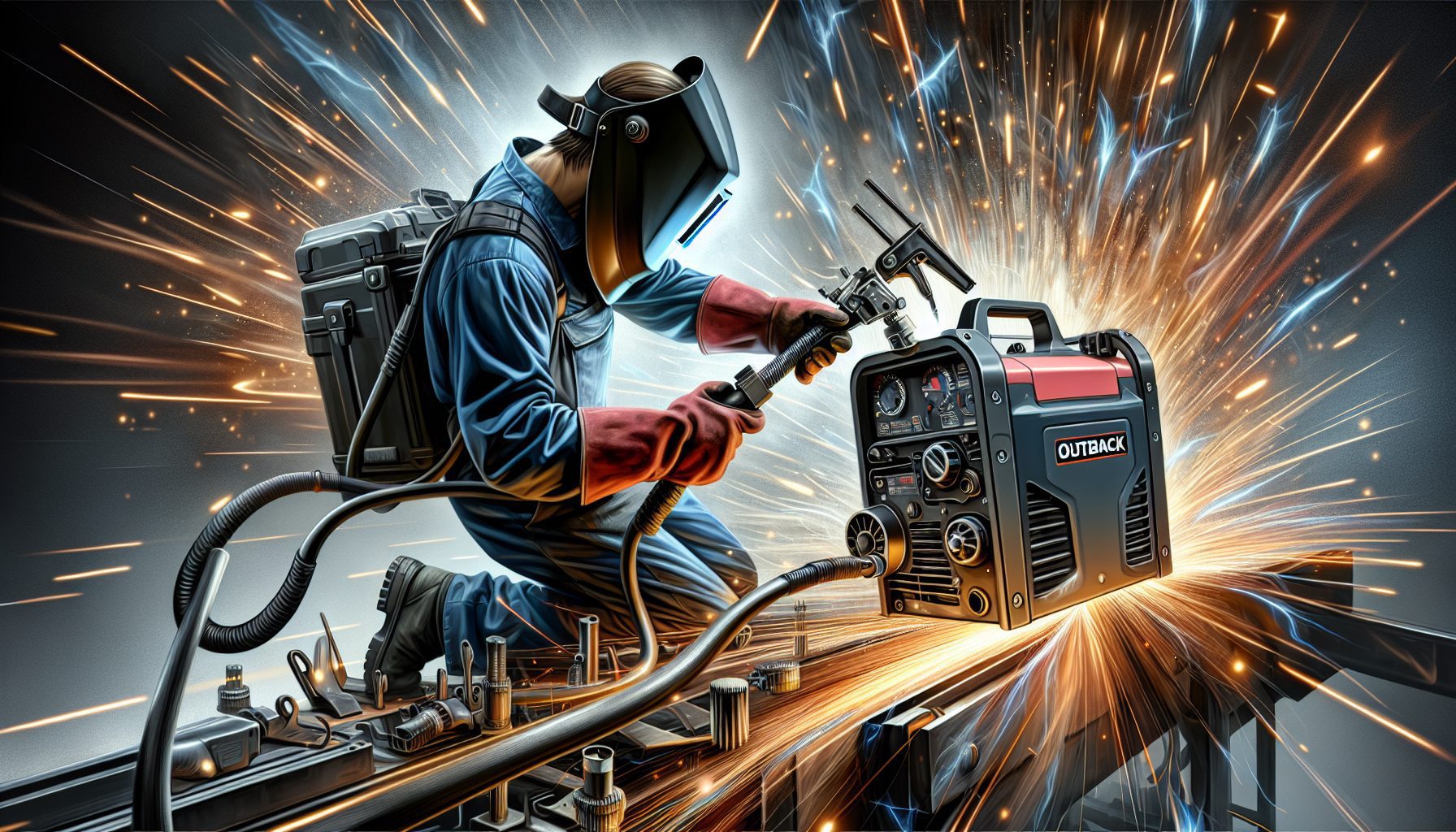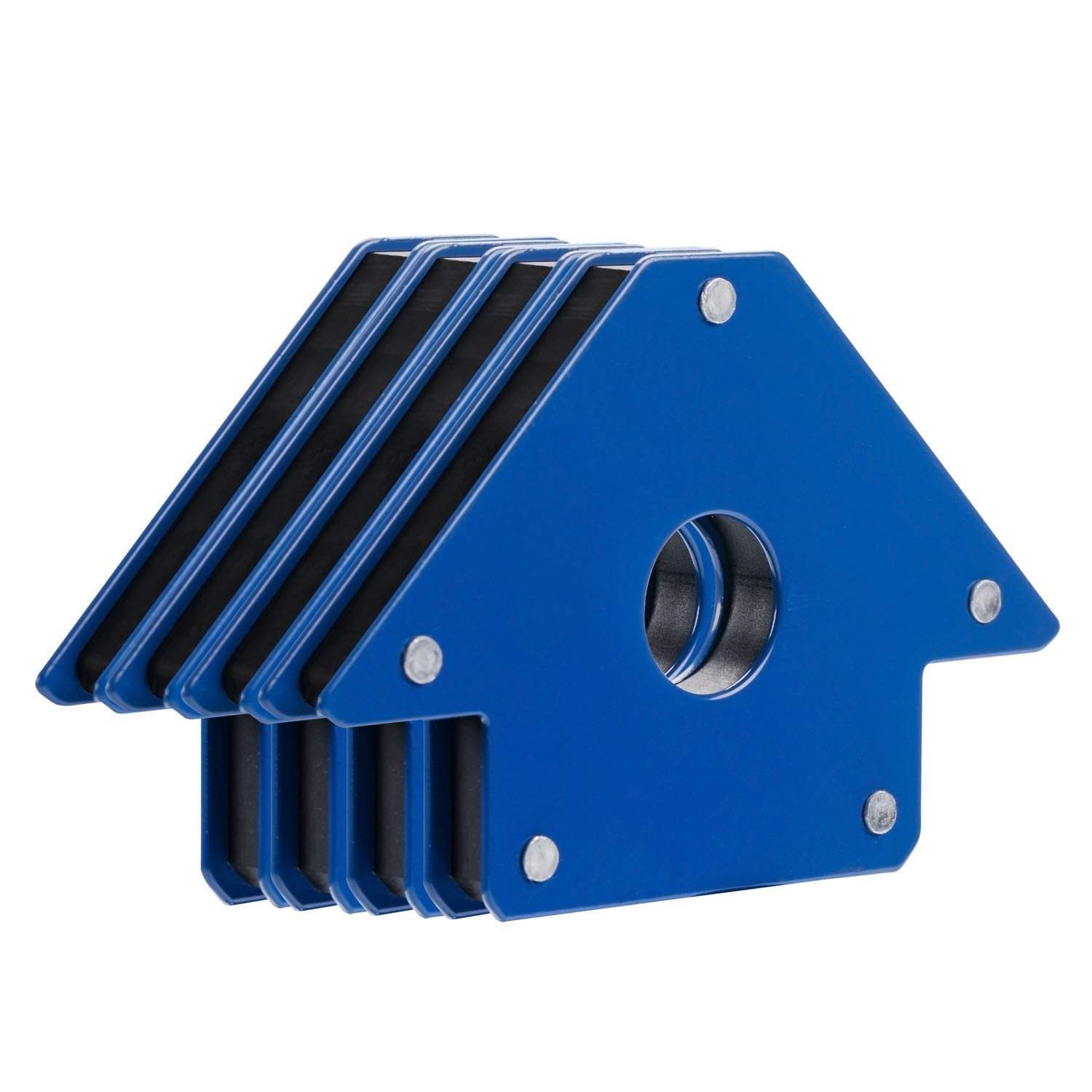Arc welding, a fascinating technique that has been around for decades, is a process that joins metal pieces together using electricity. The intriguing aspect of arc welding lies in its ability to create a strong bond between metals, enabling the construction of bridges, buildings, and even intricate sculptures. In this article, we will explore the inner workings of arc welding, uncovering the secrets behind its effectiveness and versatility. Step into the world of sparks and molten metal as we unravel the captivating science behind how arc welding works.
Introduction
What is arc welding?
Arc welding is a widely used welding process that joins metal components together by creating an electric arc between an electrode and the workpiece. This process involves the melting and fusing of the metals, forming a strong and durable bond. It is a versatile welding method that can be used in various industries such as construction, automotive, and manufacturing.
Importance of understanding arc welding
Understanding arc welding is crucial for both professionals in the welding industry and individuals who use welded products. It allows us to appreciate the complexity and importance of this welding process. Having knowledge of arc welding helps us to ensure proper safety measures are taken, maintain the quality of welds, and make informed decisions regarding the selection of welding techniques and materials.
Overview of Arc Welding
Definition of arc welding
Arc welding is a welding process that utilizes an electric arc to create a high temperature, which melts and fuses metals. The fundamental principle of arc welding involves the heat generated by the arc, allowing the base metals to melt and form a bond when cooled.
Basic components of arc welding
Arc welding consists of several essential components. Firstly, there is a welding power source that provides the necessary electrical current. Then, there is an electrode, which is a consumable or non-consumable wire or rod that carries the electric current to the workpiece. The workpiece is the metal component that needs to be welded. Lastly, there are various accessories and safety equipment that ensure the welding process is conducted safely and efficiently.
Types of arc welding processes
There are several types of arc welding processes, each with its own characteristics and applications. Some of the most commonly used processes include Shielded Metal Arc Welding (SMAW), Gas Metal Arc Welding (GMAW), Flux-Cored Arc Welding (FCAW), and Tungsten Inert Gas Welding (TIG). These processes differ in terms of the electrode, shielding gas, and welding technique used, providing versatility in welding various metals and fulfilling specific requirements.
Electricity in Arc Welding
Role of electricity in arc welding
Electricity plays a crucial role in arc welding as it is the driving force behind the welding process. The flow of electric current generates intense heat, which is necessary to melt the metals and create a weld joint. It is important to understand how electricity behaves in welding circuits to ensure safe and efficient welding operations.
Understanding direct current (DC) and alternating current (AC)
Arc welding can be performed using either direct current (DC) or alternating current (AC). DC welding is commonly used and allows for precise control of the welding process. AC welding, on the other hand, is suited for certain applications and can be more challenging to control. The choice between DC and AC depends on the specific requirements of the welding project.
Power sources for arc welding
Arc welding requires a power source to supply the necessary electric current. Power sources can be classified into two types: conventional transformer-based power sources and inverter-based power sources. Conventional transformer-based power sources are known for their reliability and durability, while inverter-based power sources offer better control and increased energy efficiency.
Welding Circuit
Overview of welding circuit
The welding circuit is the complete path of electrical current that flows during arc welding. It consists of various components that work together to create and control the arc. The welding circuit is responsible for delivering the electrical current from the power source to the electrode and workpiece, allowing the welding process to take place.
Components of a welding circuit
A welding circuit comprises several components. These include the power source, the welding machine, cables, clamps, and switches. These components ensure the electrical current is properly delivered and controlled throughout the welding process. It is essential to have well-maintained and properly connected components to ensure safe and efficient welding operations.
Role of electrode and workpiece in the circuit
The electrode and workpiece play crucial roles in the welding circuit. The electrode carries the electrical current from the power source to the workpiece, while the workpiece completes the circuit. The interaction between the electrode and the workpiece generates the necessary heat to melt the metals and create a weld joint. The type and composition of the electrode and workpiece determine the characteristics of the welding process.
Importance of polarity in arc welding
Polarity refers to the direction of the electrical current flowing through the welding circuit. It has a significant impact on the welding process and the quality of the weld joint. The choice of polarity depends on the type of electrode used and the welding technique employed. Understanding and selecting the correct polarity is crucial for achieving the desired weld characteristics and ensuring optimal welding performance.
Arc Initiation
Importance of initiating the arc
Initiating the arc is a critical step in arc welding. The arc is the source of heat that melts and fuses the metals together. Proper arc initiation ensures the welder has control over the welding process and produces high-quality welds. It is important to follow the correct procedures and techniques to initiate the arc effectively.
Different methods of arc initiation
There are different methods available to initiate the arc in arc welding. The most common method is known as “scratch start,” where the electrode is brought into contact with the workpiece and then separated to create the arc. Another method is the “lift start” method, where the electrode is touched onto the workpiece and then lifted to create the arc. Each method has its advantages and is suited for different welding applications.
Function of the welding machine in arc initiation
The welding machine plays a crucial role in arc initiation. It provides the necessary electric current and voltage required to initiate and maintain the arc. The welding machine must be properly set up and adjusted to ensure consistent and reliable arc initiation. It is also important to choose a welding machine that suits the specific requirements of the welding project.
Arc Formation and Stability
What happens during arc formation?
During arc formation, the electric current passing through the electrode creates intense heat, causing the electrode tip and the workpiece to melt. The heat ionizes the surrounding gas and creates a conductive plasma that sustains the arc. The intense heat generated allows the metals to melt and form a molten pool, which solidifies and forms the weld joint upon cooling.
Factors affecting arc stability
Several factors can affect the stability of the arc during welding. These include the welding current, arc length, shielding gas or flux, and electrode material. Proper control and adjustment of these variables are essential in achieving a stable arc. An unstable arc can lead to weld defects such as porosity, lack of fusion, and uneven bead appearance.
Techniques to maintain arc stability
To maintain arc stability during welding, various techniques can be employed. These include controlling the welding parameters such as current, voltage, and travel speed, maintaining the proper arc length, and using suitable shielding gases or fluxes. Additionally, proper electrode selection and manipulation techniques can greatly contribute to arc stability. Regular monitoring and adjustment during the welding process are necessary to ensure a stable and consistent arc.
Heat Generation in Arc Welding
Mechanism of heat generation
Heat generation in arc welding is primarily due to the resistance encountered by the electric current flowing through the welding circuit. As the current passes through the electrode and workpiece, resistance causes the conversion of electrical energy into heat energy. The intense heat generated is responsible for melting the metals and forming a weld joint.
Role of electrodes in heat generation
The choice of electrode material significantly affects the heat generation in arc welding. Different electrode materials have different resistance levels, leading to variations in heat generation. Consumable electrodes, such as those used in GMAW and SMAW, contribute to heat generation by providing filler metal that melts and fuses with the workpiece. Non-consumable electrodes, such as those used in TIG welding, generate heat primarily through resistance.
Heat effects on the base metal and electrodes
Heat generated during arc welding has various effects on both the base metal and electrodes. Base metals experience localized melting, solidification, and cooling, leading to the formation of the weld joint. Excessive heat can cause distortion, warping, and changes in metallurgical properties of the base metal. As for the electrodes, the heat generated can lead to electrode wear, melting, and degradation. Proper management of heat is essential to maintain weld quality and prevent undesirable effects.
Shielding and Protection
Purpose of shielding in arc welding
Shielding is a critical aspect of arc welding. It involves the use of gases or fluxes to protect the welding zone from atmospheric contamination and oxidation. The shielding medium creates a protective atmosphere that prevents the formation of undesirable chemical reactions and ensures the integrity of the weld joint. Shielding also helps to control the cooling rate of the weld, reducing the risk of cracking and improving the properties of the welded joint.
Types of shielding gases or fluxes used
Various types of shielding gases or fluxes are used in arc welding, depending on the welding process and requirements. In processes such as GMAW and FCAW, shielding gases such as argon, carbon dioxide, and helium are commonly used. Fluxes, on the other hand, are used in processes such as SMAW and submerged arc welding to provide protection and improve the welding characteristics. Selection of the correct shielding medium is crucial for achieving the desired weld quality and performance.
Importance of preventing contamination and oxidation
Contamination and oxidation can have detrimental effects on the weld joint. Oxygen, moisture, and other atmospheric elements can react with the hot metal, resulting in porosity, cracking, and reduced strength. Shielding gases or fluxes create a barrier between the welding zone and the surrounding environment, preventing contamination and oxidation from occurring. Proper shielding is essential for producing high-quality welds and ensuring the long-term integrity of welded structures.
Role of welding helmet and protective gear
In addition to shielding gases and fluxes, personal protective equipment plays a vital role in arc welding. A welding helmet with a darkened visor protects the welder’s eyes from the intense brightness of the arc. Protective gear such as gloves, aprons, and welding jackets shield against sparks, heat, and potential hazards in the welding environment. Using proper protective gear is essential for the safety and well-being of the welder.
Weld Pool and Metal Fusion
Formation of weld pool
The weld pool is a localized area of molten metal that forms during arc welding. It is created by the heat generated by the arc, which causes the base metal and filler metal (if used) to melt. The weld pool solidifies and cools, creating a bond between the metals and forming the weld joint. The size, shape, and characteristics of the weld pool depend on various factors, including welding parameters and materials.
Metal fusion process
Metal fusion is the joining of two or more metal components through melting and solidification. In arc welding, metal fusion occurs as the electric current passes through the electrode and workpiece, generating heat that melts the metals. The molten metal mixes and fuses together to form a solidified weld joint. Proper control of the welding parameters and techniques is crucial to achieve consistent and high-quality metal fusion.
Factors influencing weld pool size and shape
Several factors can influence the size and shape of the weld pool in arc welding. These include welding current, arc length, travel speed, electrode angle, and electrode diameter. Increasing the welding current and arc length generally results in a larger weld pool. The travel speed affects the width and length of the weld, while the electrode angle and diameter influence the penetration and shape of the weld pool. Understanding and manipulating these factors allow for precise control and optimization of the weld pool.
Welding Techniques and Applications
Different arc welding techniques
Arc welding offers a variety of techniques that cater to different applications and requirements. Some commonly used techniques include butt welding, fillet welding, and lap welding. Butt welding involves joining two pieces of metal along their edges, while fillet welding creates a triangular joint between two surfaces. Lap welding overlaps two metal pieces, creating a joint with increased strength. Each technique has its advantages and is suited for specific welding applications.
Applications of arc welding
Arc welding finds applications in various industries and sectors. It is extensively used in construction for joining structural steel, in automotive manufacturing for fabricating vehicle components, and in aerospace for creating strong and durable joints. Arc welding also plays a significant role in shipbuilding, pipeline construction, and repair and maintenance activities. Its versatility and effectiveness make it a widely adopted welding process across numerous industries.
Advantages and limitations of arc welding
Arc welding offers several advantages that contribute to its widespread use. It is a versatile process that can be used to weld a wide range of metals, including steel, stainless steel, aluminum, and cast iron. Arc welding techniques allow for deep penetration and strong weld joints. However, arc welding also has some limitations. It requires skilled operators, and the process may produce fumes, necessitating proper ventilation and safety measures. Arc welding can also be slower compared to other welding processes, depending on the specific application.
In conclusion, arc welding is a fundamental welding process that involves the utilization of an electric arc to melt and fuse metals. Understanding arc welding and the various aspects involved, such as electricity flow, welding circuit, arc initiation, heat generation, shielding, and weld pool formation, allows us to appreciate the complexity and importance of this welding method. With its versatility, arc welding finds extensive applications in numerous industries, providing reliable and robust weld joints. By considering the advantages and limitations of arc welding, we can make informed decisions and ensure safe and efficient welding operations.



































